
Click the “blue text” above to follow us
Currently, the RAM configurations of Android smartphones on the market are getting higher and higher, with some flagship models even surpassing certain laptops.
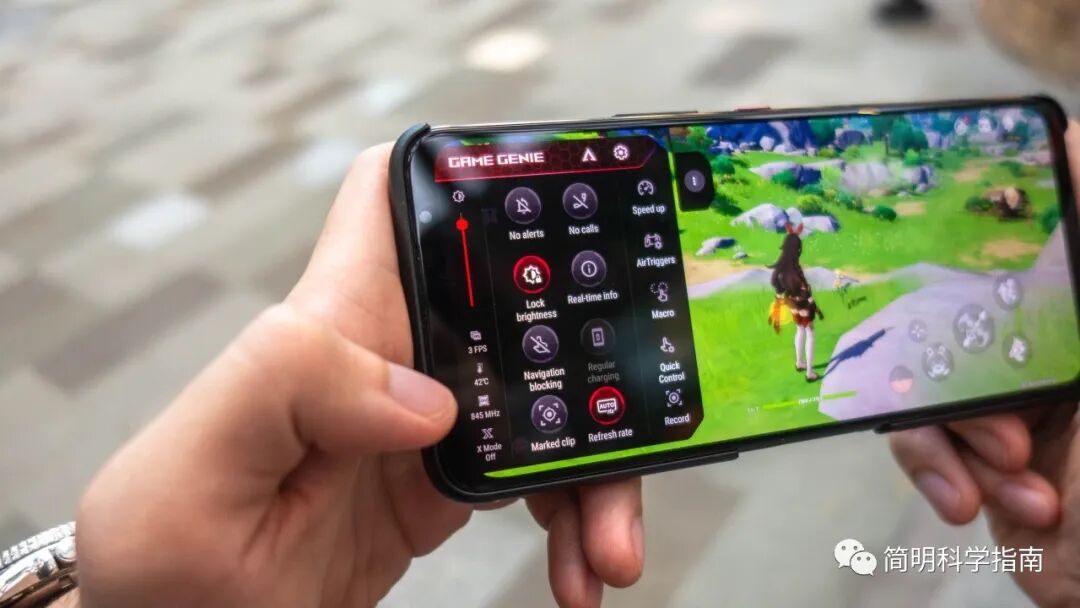
In a horizontal comparison, as early as 2021, ASUS’s “Republic of Gamers Phone 5 Ultimate” was the first to be equipped with up to 18GB of LPDDR5 RAM. Mainstream Android smartphones released this year, such as the Xiaomi 12 and OPPO Find X5, generally come with 12GB of RAM.
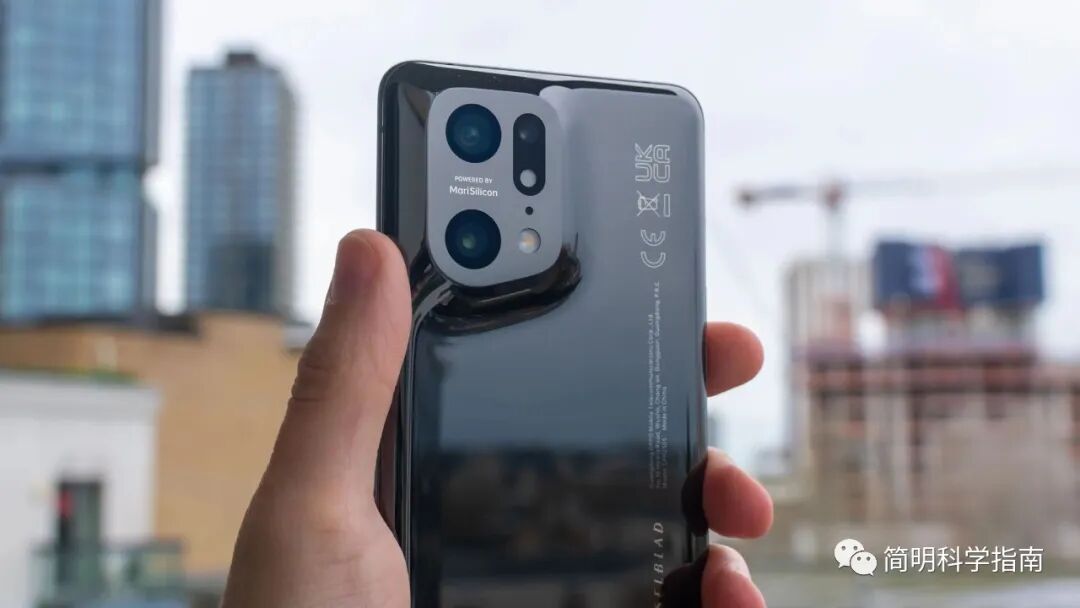
In contrast, among mainstream gaming laptops today, except for a few flagship models equipped with 32GB of RAM, mainstream gaming laptops priced around 10,000 yuan, such as the ROG Zephyrus G14, only come standard with 16GB of RAM. This raises the question: do Android smartphones really have such high multitasking requirements? Do they really need that much RAM?
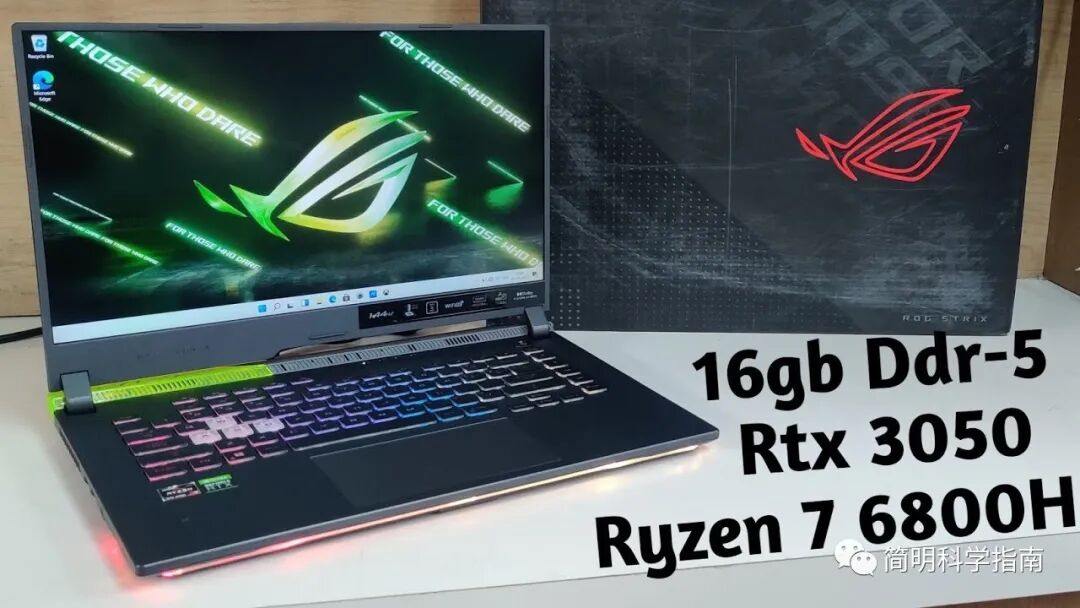
In a vertical comparison, the high-end iPhone 13 Pro and iPhone 13 Pro Max are only equipped with 6GB of RAM, while the lower-end iPhone 13 can still perform well with just 4GB of RAM, achieving overall performance comparable to Android smartphones. Why is this the case?
So, what exactly is RAM?

RAM (Random Access Memory) is the short-term storage area for the system, and it comes in many types. However, in smartphones, the type used is SDRAM (Synchronous Dynamic Random Access Memory). Unlike Flash Memory, which is responsible for data storage, the RAM in smartphones can only retain data while the phone is powered on. Essentially, it serves as the phone’s working memory, containing information used by the phone at any given time.
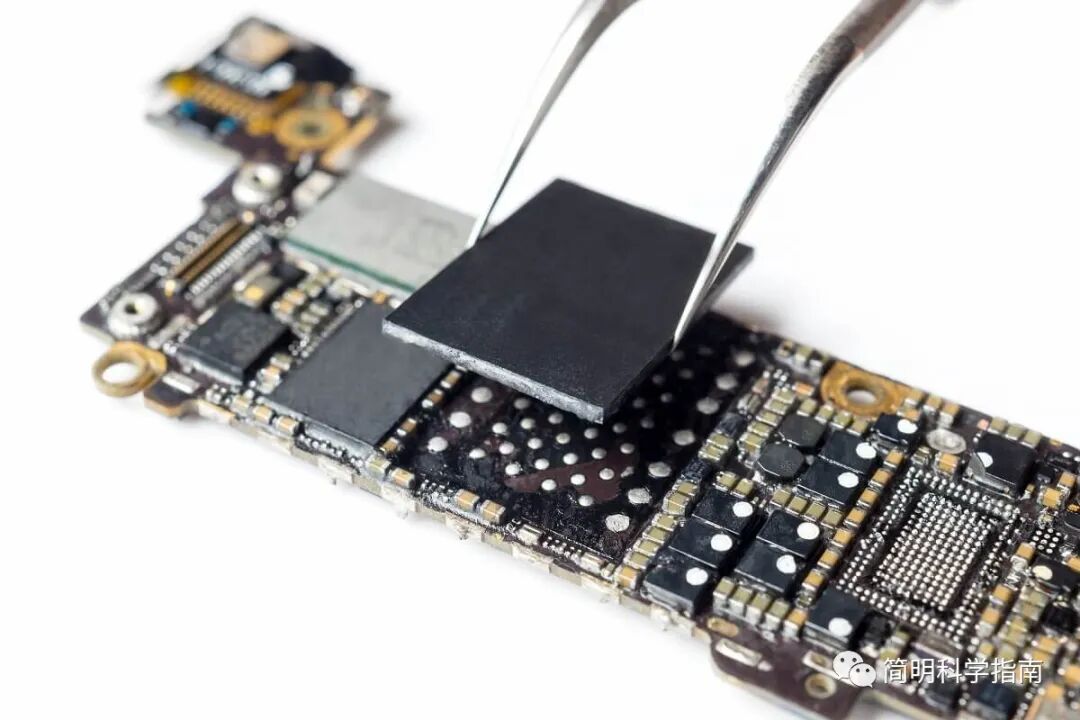
As we all know, in computers, we have long referred to RAM as “memory,” which is what we commonly see in memory modules. Twenty years ago, feature phones often had only a few megabytes or even tens of kilobytes of RAM, which was primarily used for the system’s daily operations and tasks like music and video playback, and at most, running a Java game, which was not valued by consumers. Back then, when phone dealers advertised that a phone had “up to 32MB of memory,” they were actually referring to Flash Memory.
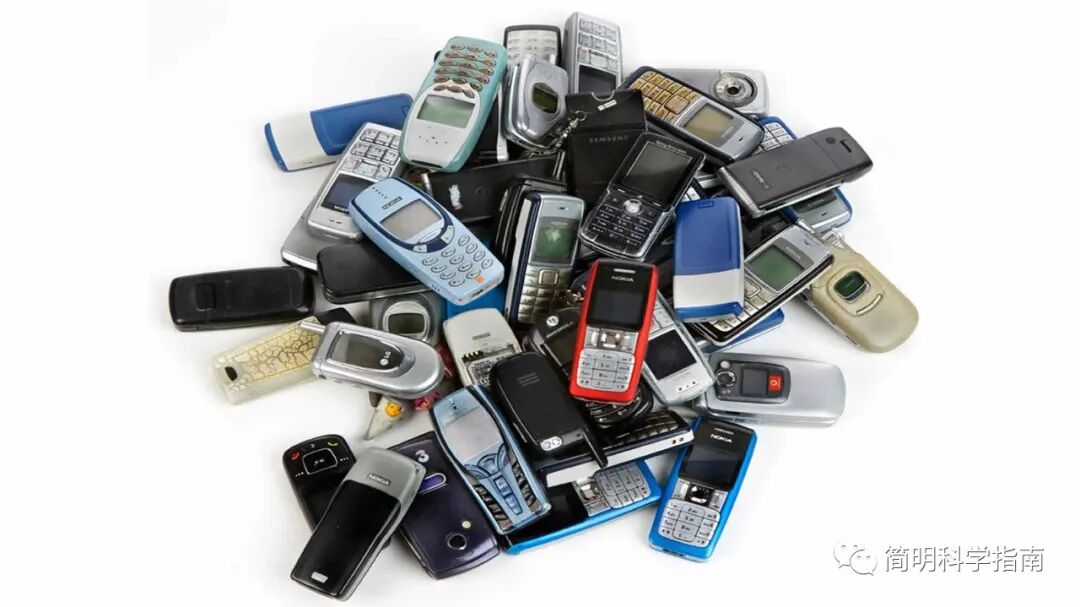
Later, as smartphones became popular, RAM became an important performance indicator. Confused phone dealers began to scratch their heads, as the term “memory” on smartphones had already been occupied by Flash Memory. How could they explain RAM to consumers? They came up with the term “running memory”! This is how the term “memory” represents different meanings on smartphones and computers.
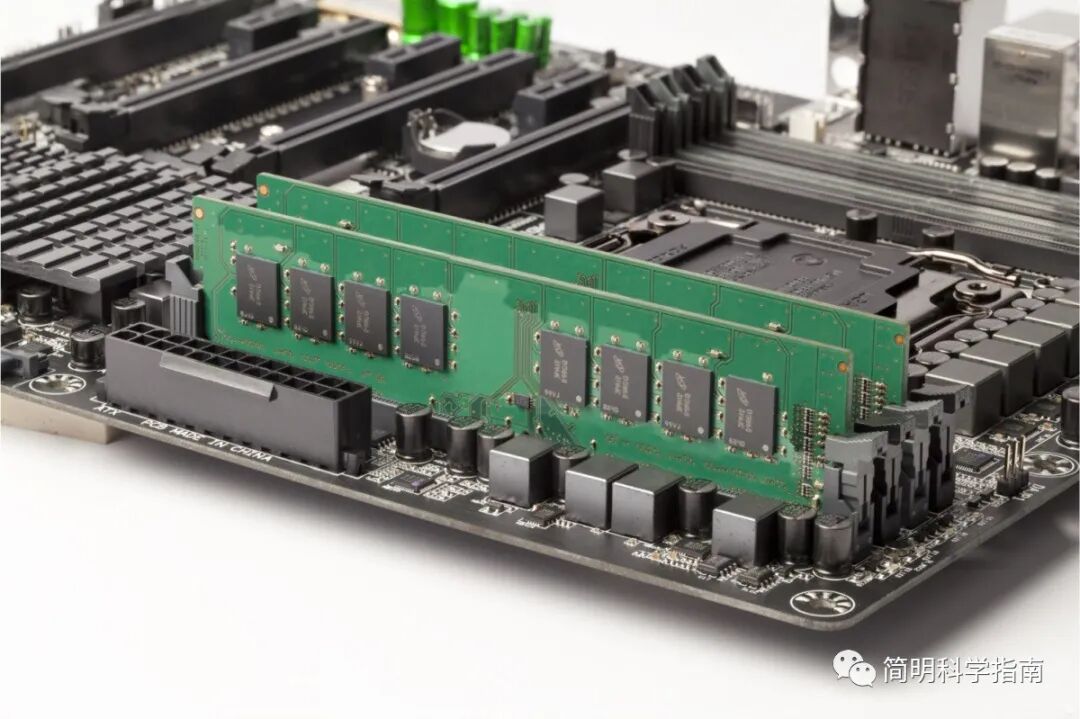
Looking back, the vocabulary misused by dealers is not limited to just “memory.” Back in the day, music players primarily played MP3 format, hence they were commonly referred to as MP3 players. Later, video players mainly played MP4 format, so they were called MP4 players. After 2006, video players capable of playing RMVB and other high-definition videos were released. To differentiate them from MP4 players, a seller in a digital market thought of calling them MP5 players (囧)!
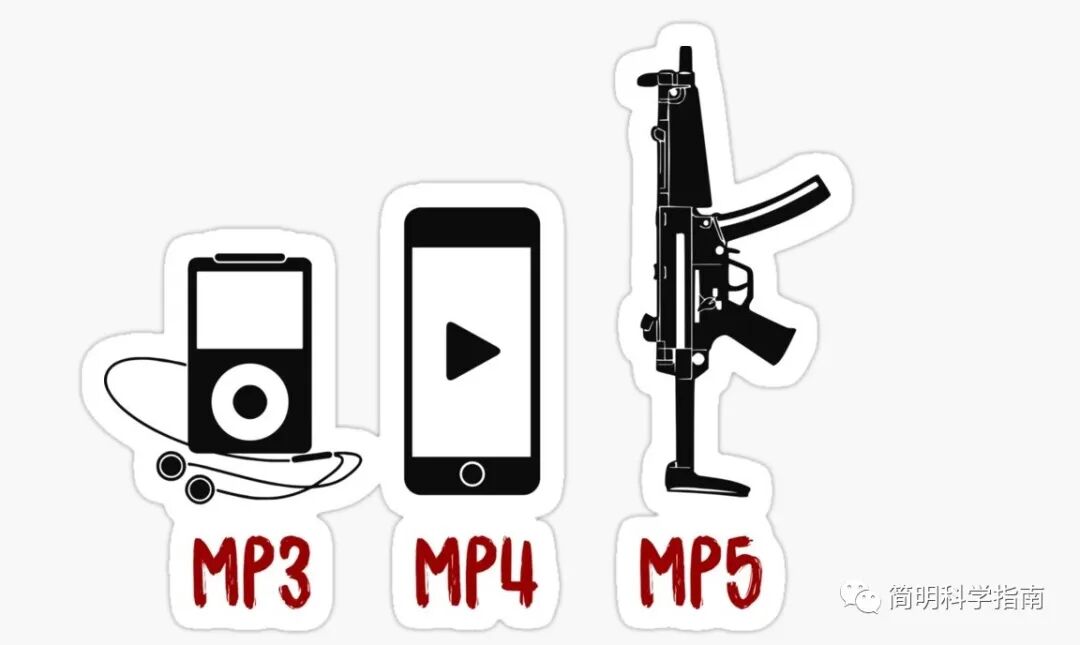
As a result, many consumers in the digital market wanted to buy an “MP5,” not realizing they were asking for something that sounded like arms dealing…
Back to the point, the higher the RAM in a smartphone, the more data it can retain. When you open multiple applications, your phone allocates available RAM for each working process. When your RAM is fully allocated, your phone must decide which processes to terminate to keep the workflow running smoothly. Therefore, under the same conditions, a phone with 8GB of RAM can run more processes simultaneously than a phone with 4GB of RAM, making the switching between applications feel faster on phones with higher RAM.
Why does Android require more RAM than iOS?

First, this is an inherent advantage of iOS. Compared to the diverse range of Android smartphones, Apple releases only three to four new iPhone and iPad models each year, and the system operates on almost the same hardware architecture.
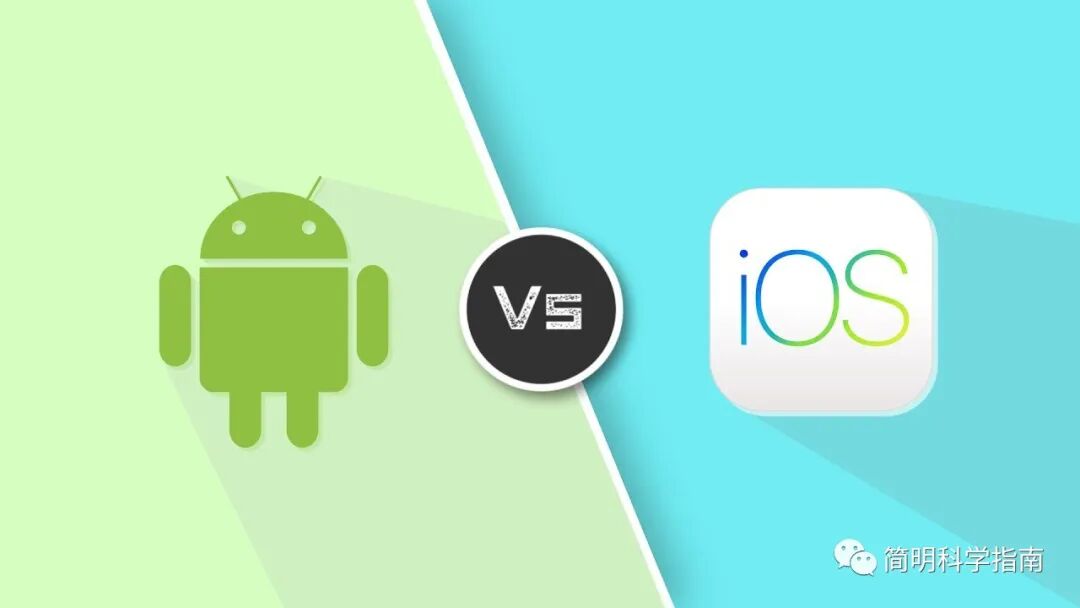
Since iOS applications run on the same chipsets, they can utilize what is known as native programming languages (especially Swift and Objective-C) to develop for these chips. The code written for iOS applications can be transformed into instructions understandable by Apple CPUs without the need for translation. This is similar to PCs, where despite AMD and Intel being separate entities, they share many patents, resulting in little difference in chip architecture and instruction sets over the years.
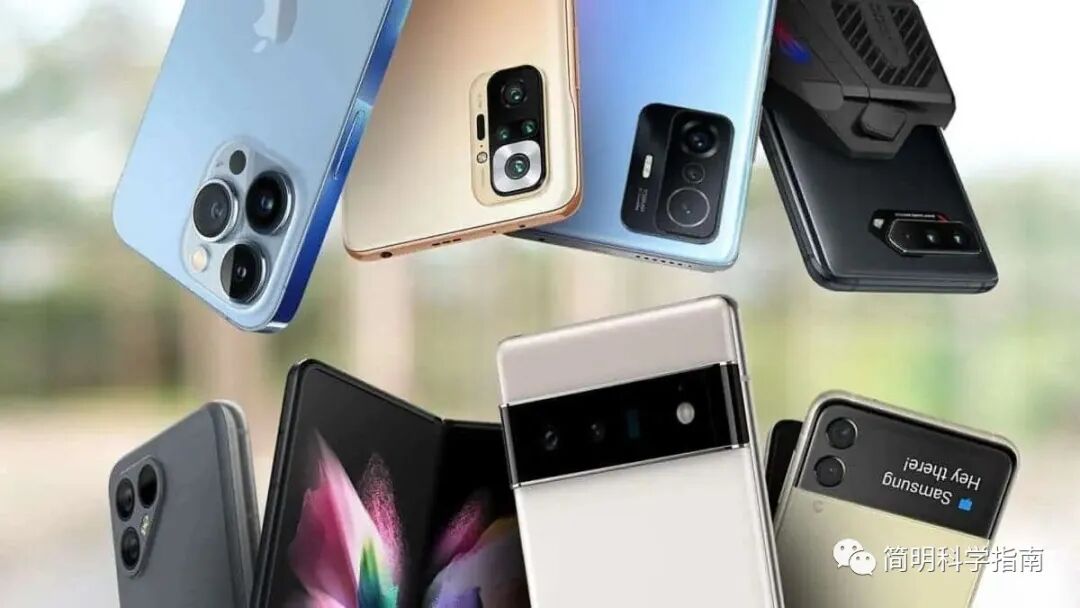
In contrast, Android smartphones have diverse and varied hardware. There are multiple SOC designs from Qualcomm, Huawei, Samsung, MediaTek, etc., each with different architectures, and applications must ensure compatibility across all chipsets.
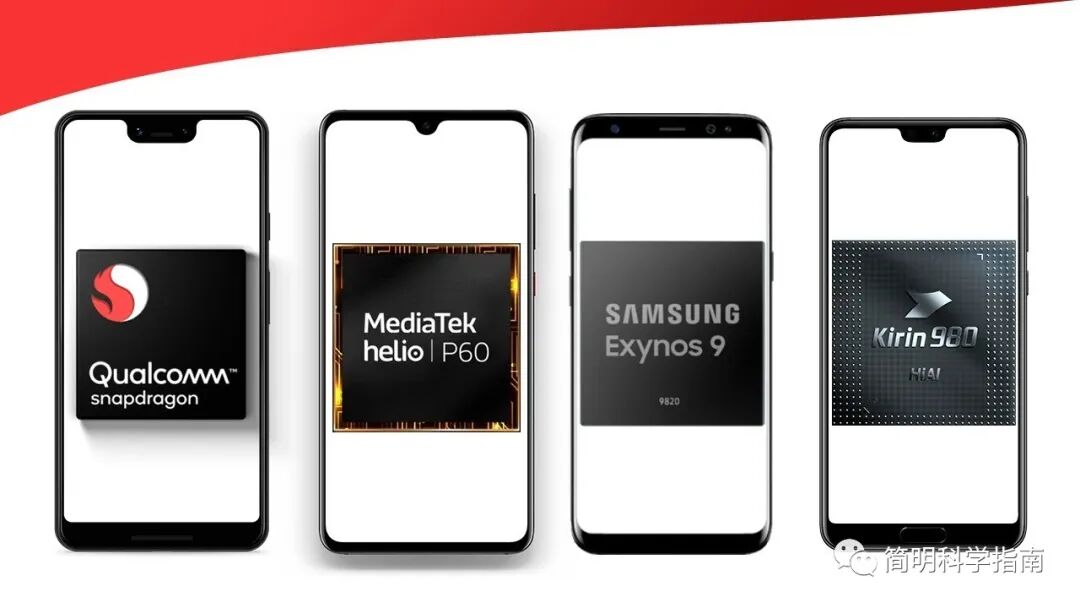
Due to the inability to ensure compatibility with all different hardware, Android applications are developed using programming languages like Kotlin and Java, which can be converted into a universal language and then re-translated into bytecode that ignores the hardware environment and is only meant for software execution before being sent to the chipsets. Compared to iOS, where applications run directly on native code, this two-step translation process requires additional resources, meaning that when running seemingly identical applications on Android and iOS, the former requires more available RAM. Compatibility and performance are always in opposition, and fragmentation has always been a pain point for the Android system.
On the other hand, the two operating systems manage RAM differently. Android uses a memory management method called “garbage collection,” which periodically attempts to clear unused content from RAM to free up resources.
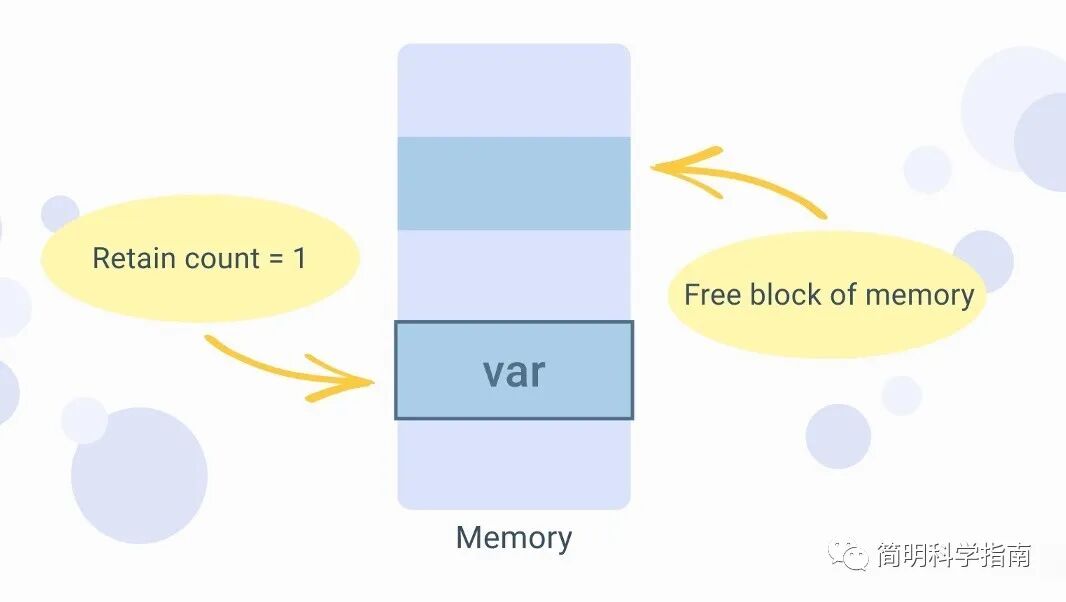
iOS, on the other hand, uses “ARC” (Automatic Reference Counting) to manage memory, allocating a value to processes in RAM based on the number of objects referencing them (you can think of it as a placeholder), and deleting processes with a reference count of zero, which is also known as the “tombstone mechanism.” Since garbage collection only periodically scans for unused objects, it may lead to a temporary accumulation of unnecessary processes in RAM, whereas ARC does not have this issue and will delete unnecessary processes from RAM as soon as they are detected.
Do we really need such high RAM?

Due to the different ways Android and iOS operating systems work, their RAM requirements naturally differ. Android, with its stronger compatibility, can run on any device, and developers have more freedom, but this flexibility comes at the cost of needing two to three times the RAM to achieve performance comparable to an iPhone. Although Android may require more RAM, if Android smartphone manufacturers can offer flagship phones with larger RAM and performance comparable to iPhones at the same price point, then higher RAM may also be seen as an advantage by consumers.

Moreover, 4GB of RAM is becoming increasingly insufficient for today’s iPhone 13. You must have experienced the awkward situation of having to restart games like “Genshin Impact” and “Endless Lagrange” when switching back to WeChat to reply to a message on the iPhone 13.

When running large apps, the 6GB iPhone 13 Pro and even the 8GB iPad Pro switch between applications more smoothly, showing that larger RAM is also beneficial for iOS.